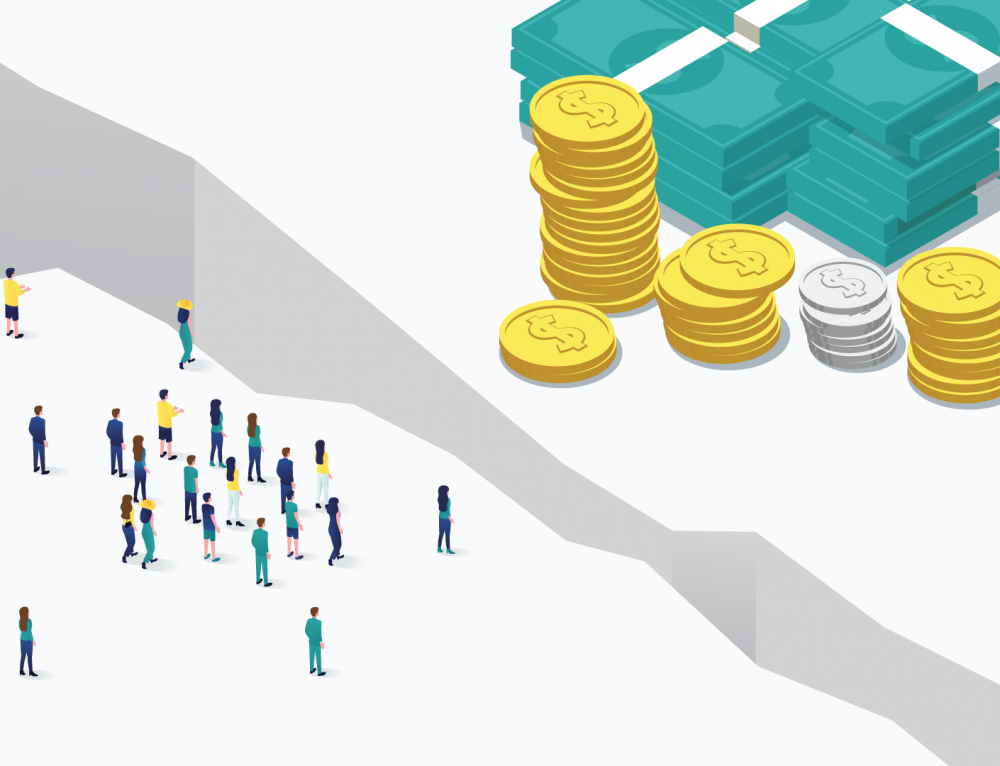Six-week wait for wage subsidy may be too long for some businesses and their employees caught in coronavirus crisis.
Canada’s tight-knit group of large banks can be a well-oiled machine in times of crisis and may have been the logical choice to administer the federal government’s $71-billion program to pay a 75% wage subsidy to help small and medium-sized businesses weather the coronavirus crisis.
Instead, Canada opted to build an entirely new system within the Canada Revenue Agency, and it is anticipated that payments won’t flow to business operators for six weeks, on top of the three weeks many have been closed with no wage subsidy at all.
The decision has drawn criticism from business groups, including the Ontario Chamber of Commerce, whose officials say the wait is far too long to avoid layoffs on a scale that economists suggest will leave many businesses unable to operate once the economy restarts.
John Ruffolo, co-founder of the Council of Canadian Innovators, urged Ottawa to change the way it will manage wage subsidies to help business operators with less than 500 employees in Canada.
In the United States, hundreds of large and community banks have been tapped to deliver similar wage-related aid for small businesses. Although there have been some early backlogs and complaints, payments are already flowing under the eight-week US$349-billion program backed by the US Treasury and approved by Congress last week.
The 12-week Canada Emergency Wage Subsidy, unveiled last week, boosted a previously planned 10% wage subsidy with a promise to cover 75% of a worker’s pay up to $847 a week. It is for firms that have lost 30% of revenue or more and retroactive to March 15, though it could be May before the money is disbursed.
The Canadian Federation of Independent Business polled businesses and released survey results Monday that show just 29% of firms say the program will help them avoid further layoffs or recall staff.
As well, some businesses will be able to tap an interest-free emergency loan of up to $40,000 to help them bridge the gap until they receive funds through the emergency wage subsidy program.
However, businesses that don’t have a payroll of between $50,000 and $1 million won’t qualify for the emergency loan, of which $10,000 is forgivable if the rest of the loan is repaid by the end of 2022.
The big banks are already part of those programs and Canada’s six largest banks have said they will give temporary relief to hard-hit credit card customers, including lowering interest rates, something the federal government is understood to have been pushing for.












